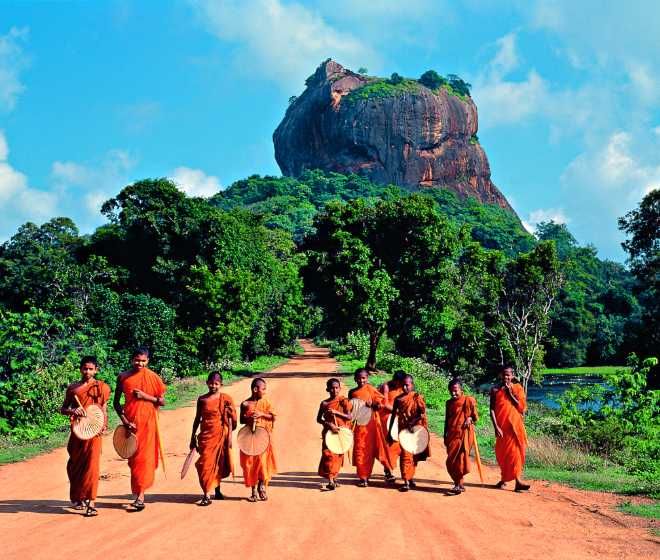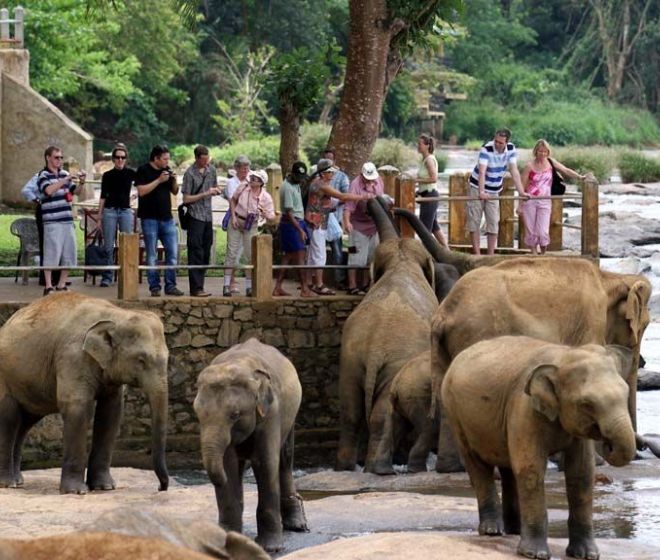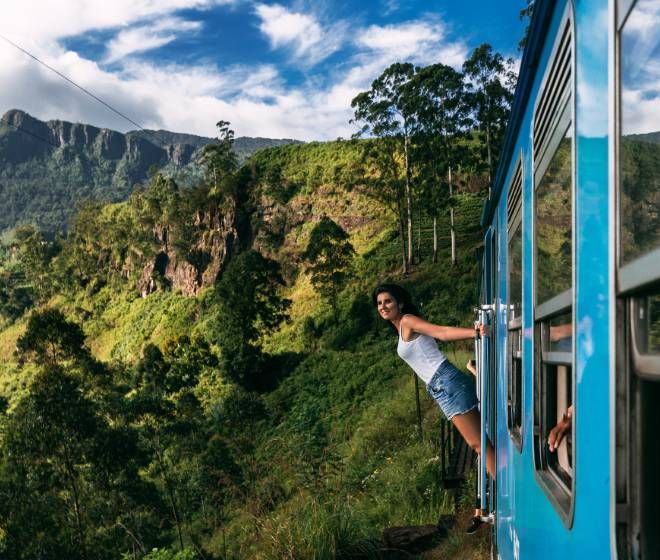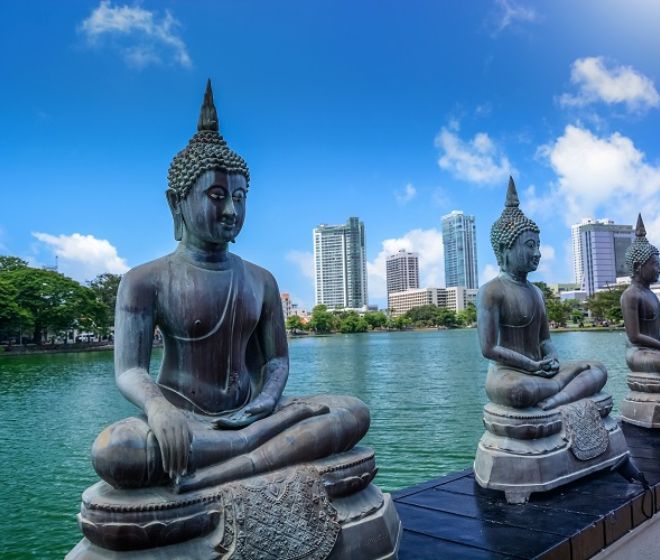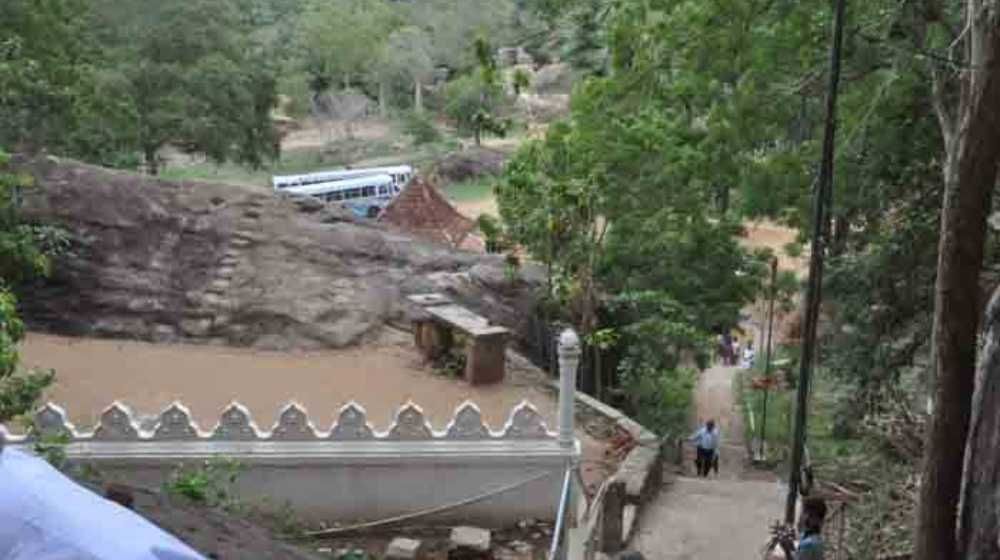
Raswehera Temple
Built by the king Devanampiya Tissa (307BC-267BC), Reswehera Rajamaha Vihara is an ancient temple situated in north western province in Sri Lanka. It is well known for its two Gautama Buddha statues and the Bo tree which was planted from a branch of the sacred Jaya Sri Maha Bodhi. One statue is carved in a rock while the other inside the vihara. There are 99 caves in the surrounding jungle where monks used to meditate.
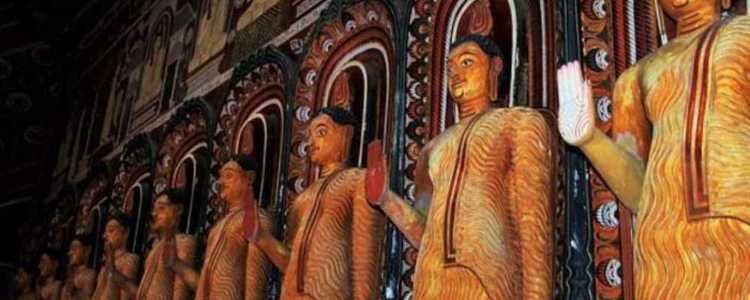
The statue carved from stone is a colossal statue of Buddha lying close the famous Awkana statue, but not as popular and is called RasVehera as well as Sasuruwa (or Sas-seruwa). It is recorded to be 39 feet of height and depicts Abhaya Mudra with the robe clinging to the body, similar to Awukana statue. But unlike the Awukana statue, the final finishes don’t seem to have been done on this statue. The pedestal on which the Buddha is carved is not decorated and is only a square block of stone and One ear is also left unfinished. Therefore, this staue is believed to be the “Rahera” statue which, according to chronicles, was ordered to be constructed by King Mahasen (276-303 AD) but was left unfinished following his demise. This statue also lacks the “Siraspatha” at the top of the head which is seen in the Awkana statue. It is said that there has been a wooden “siraspatha” in early days along with a housing structure around the statue for protection as the rock in which the statue is carved is fairly soft. All this has been destroyed during the North Indian Tamil invasion of Kalinga Maga. Folklore states that the RasVehera statue was done by the same craftsman who built the famous awukana statue as a trial before starting off on Awukana itself.
The other statue is a massive reclined statue of lord Buddha situated in one of the two image houses. The statue is 39 feet long and has some unique features not found in other shrine caves. It is possible to walk around it and the robe on the statue has been hand woven and pasted with a hand woven cotton thread being pasted all over to represent the waves of the robe. Then this has been plastered and painted. The original thread and the robe is now visible in certain places, especially on the rear side of the statue. The other image house is the “Raja Maha Viharaya” and its stupa is said to be built by King Walagamba (89-77 BC). There is also a finely woven bed donated by a wood craftsman during the King Rajasinghe (1797 – 1814) era. Both these shrine rooms are generally kept locked but the priests there will be happy to open them for anybody who wants to go in.
